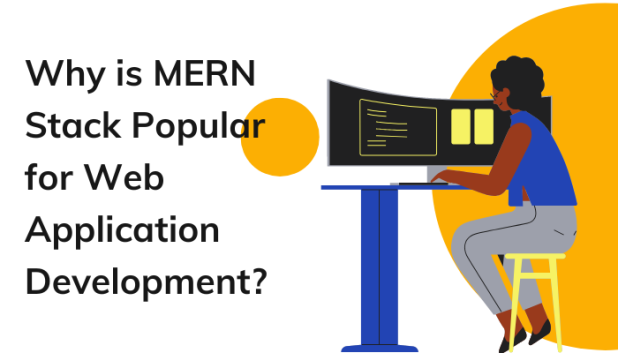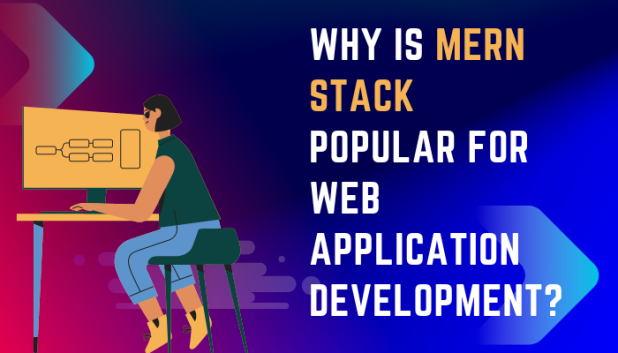The MERN (MongoDB, Express.js, React, Node.js) stack has gained popularity for web application development due to several reasons:
JavaScript throughout
Similar to the MEAN stack, the MERN stack developers use JavaScript for both the front-end (React) and the back-end (Node.js). This eliminates the need for learning multiple languages and provides a seamless development experience.
React for dynamic UI
React, a popular JavaScript library, is known for its component-based architecture and efficient rendering. It enables developers to build highly interactive and dynamic user interfaces, resulting in a smooth and responsive user experience.
Virtual DOM
React’s Virtual DOM (Document Object Model) allows for efficient updates and rendering of components, improving performance by minimizing the number of actual updates to the real DOM. This makes React a suitable choice for applications that require real-time updates or have complex UIs.
Extensive ecosystem
React has a vast ecosystem of libraries, tools, and community support. There are numerous open-source packages available that can significantly speed up development and enhance the functionality of your application. The active community ensures continuous improvement, frequent updates, and a wealth of resources for developers.
Scalability and performance
Node.js, the back-end framework in the MERN stack, is built on the V8 JavaScript engine and uses an event-driven, non-blocking I/O model. This allows Node.js applications to handle a large number of concurrent connections efficiently, making it highly scalable and suitable for applications with high traffic or real-time requirements.
Flexibility and modularity
Each component of the MERN stack (MongoDB, Express.js, React, and Node.js) is modular and can be easily swapped or extended with other tools and frameworks. This flexibility allows developers to choose the most suitable components based on project requirements or integrate existing systems into their application.
NoSQL database
MongoDB, the NoSQL database used in the MERN stack, offers flexibility in data modeling and schema-less document storage. This allows developers to adapt and modify the data structure easily, making it suitable for projects with evolving requirements or complex data models.
Single-page applications
React’s component-based architecture and efficient rendering make it an excellent choice for building single-page applications (SPAs). SPAs provide a more seamless user experience by dynamically updating content without the need for full page reloads.
Code reusability
With the MERN stack, you can reuse code and components between the front-end and the back-end, thanks to the shared JavaScript language. This helps in reducing development time and effort and promotes code consistency and maintainability.
Job market demand
The MERN stack has gained significant traction in the job market, and there is a growing demand for developers with expertise in these technologies. Choosing the MERN stack for your project can provide access to a larger pool of skilled developers, making it easier to build and maintain your application.
However, it’s important to consider that the choice of technology stack should align with the specific requirements and goals of your project. The popularity of the MERN stack does not mean it is the best fit for every scenario. Evaluate factors such as project complexity, performance requirements, team expertise, and compatibility with existing systems to make an informed decision.




